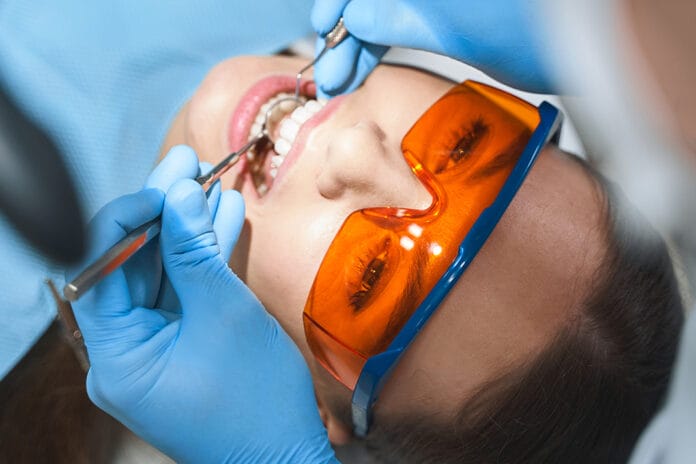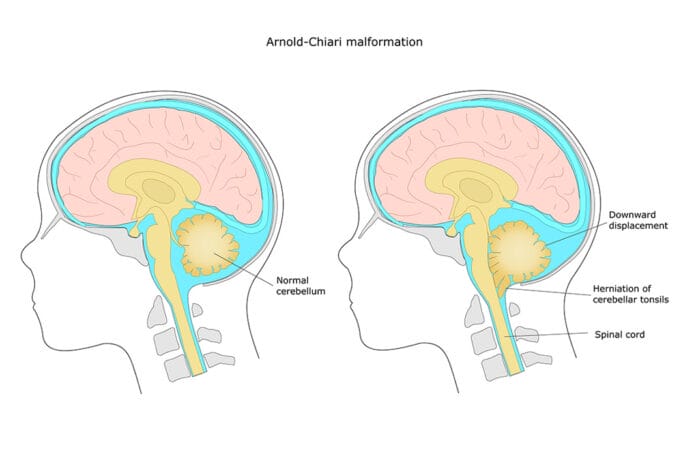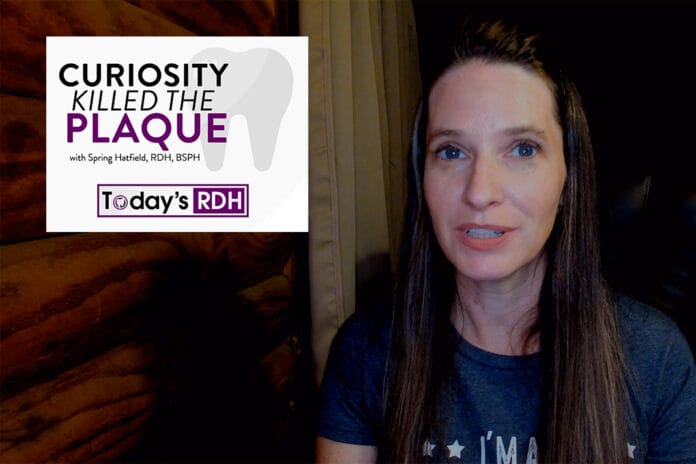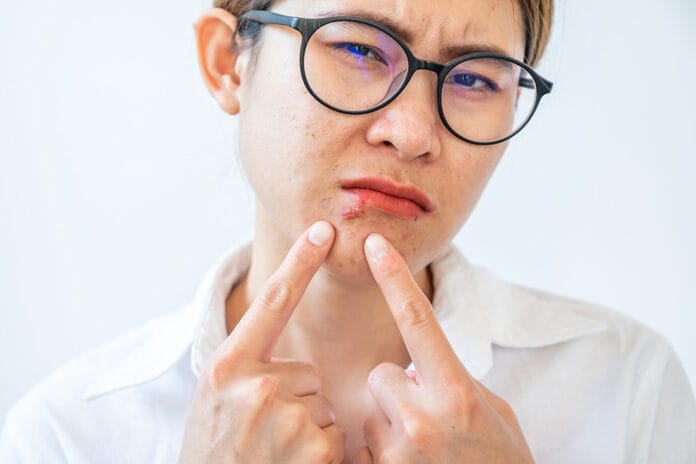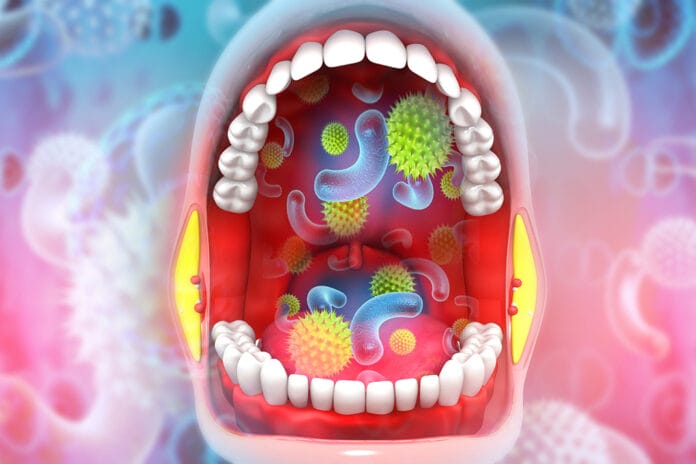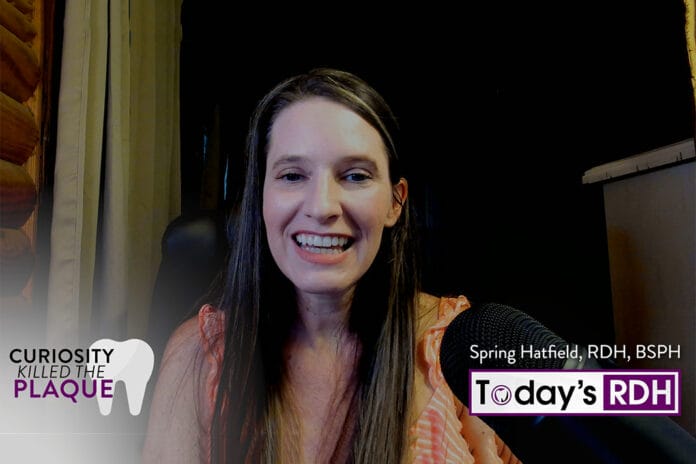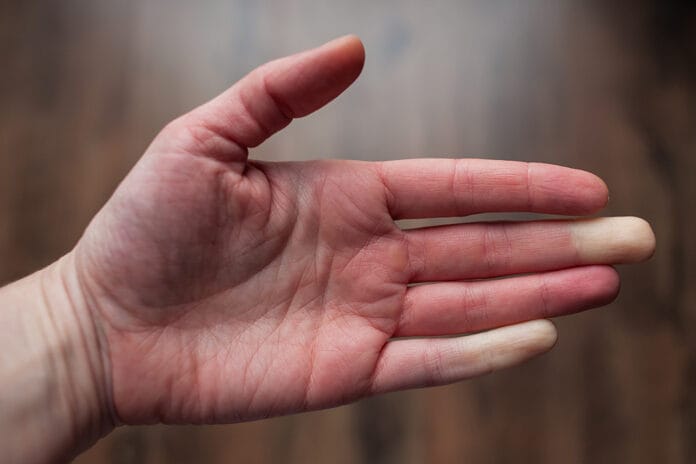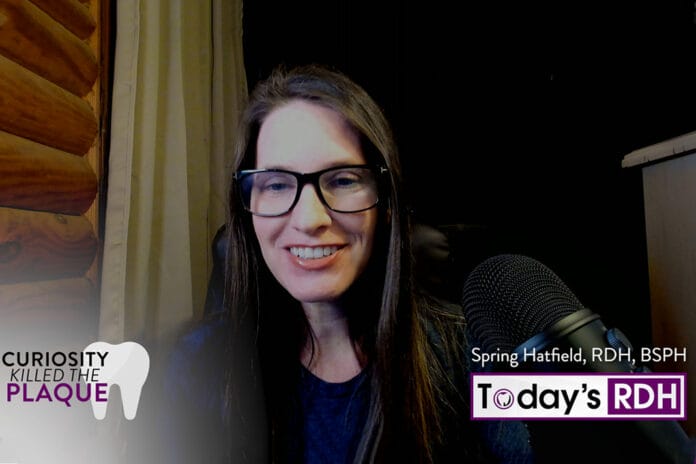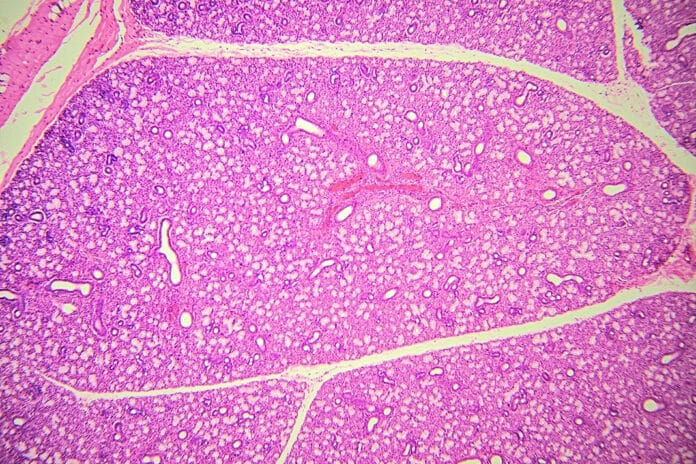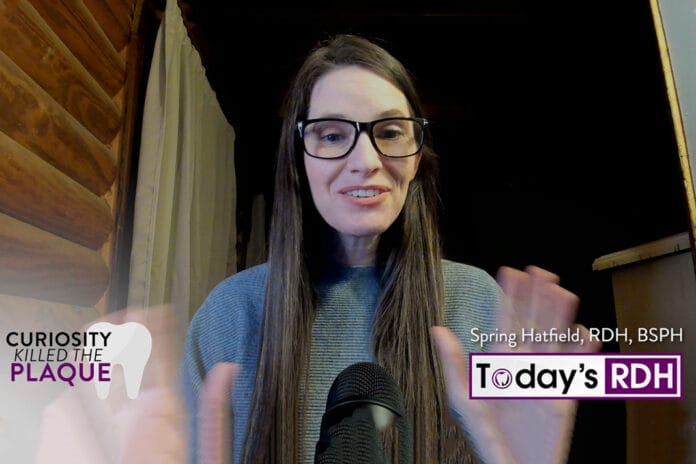Spring Hatfield, RDH, BSPH
QUIZ: Test Your Dental Hygiene Profession Knowledge
Are you in need of CE credits? If so, check out our peer-reviewed, self-study CE courses here.
Now Check Out the Self-Study, Peer-Reviewed CE Courses...
Dental Practice Acts: How Often Should Dental Hygienists Review Them?
Questions abound on social media regarding what is allowed to occur in the dental office, ranging from "Can assistants polish?" to "When the dentist...
Oral Cancer: HPV-related Small Cell Carcinoma of the Oropharynx
HPV-related oropharyngeal cancer is becoming more widely discussed in literature and dental offices. Over the past 30 years, we have learned more about HPV’s...
Refresher on Different Types of Scientific Studies and Their Clinical Relevance
Practicing clinicians must understand the differences in the types of dental research and clinical relevance when reading and reviewing scientific literature. This awareness helps...
6 Underutilized CDT Codes for Dental Hygiene Treatment
The one thing I wished I had learned in hygiene school was how to understand current dental terminology (CDT) codes better. However, this wasn't...
Chiari Malformation: Identifying Potential Oral Health Symptoms in Dental Patients
Chiari malformation is a condition in which the brain tissue extends into the spinal canal. Many cases are asymptomatic and only discovered due to...
QUIZ: Test Your Prophylactic Antibiotics Knowledge
Are you in need of CE credits? If so, check out our peer-reviewed, self-study CE courses here.
Now Check Out the Self-Study, Peer-Reviewed CE Courses...
Curiosity Killed the Plaque Ep. 4: Monkeypox & Dentistry
In this episode of Curiosity Killed the Plaque, Spring Hatfield, RDH, BSPH, discusses monkeypox, including the history, virology, and pathophysiology, as well as the...
Researchers Use Teeth to Discover the Origin of Herpes Simplex Virus
According to the World Health Organization, several billion people globally are infected with the herpes simplex virus (HSV-1).1 Determining the origin and changes that...
QUIZ: Oral Manifestations of Infectious Diseases
Are you in need of CE credits? If so, check out our peer-reviewed, self-study CE courses here.
Now Check Out the Self-Study, Peer-Reviewed CE Courses...
Quorum Sensing Research Hopes to Reduce Antibiotic Use and Oral Biofilm
Bacteria. Can't live with them. Can't live without them. Commensal bacteria keep us healthy; they provide essential nutrients, defend against colonization of pathogens, are...
Curiosity Killed the Plaque Ep. 3: New Discoveries of Head & Neck Physiology
In this episode of Curiosity Killed the Plaque, Spring Hatfield, RDH, BSPH, discusses new discoveries of head and neck physiology.
Give it a watch, and...
Dental Hygienists at Risk for Developing Hand-Arm Vibration Syndrome
Dental professionals frequently report musculoskeletal pain, especially in the upper extremities. A study published in 2021 showed that 92.6% of participants (n=229 dentists) suffered...
An Overview of Monkeypox for Dental Hygienists & Other Dental Professionals
Editor’s Note: The current monkeypox outbreak is an on-going situation. We have made every attempt to ensure this article is up-to-date at the time...
Curiosity Killed the Plaque Ep. 2: Fair Wages for Dental Hygienists
In this episode of Curiosity Killed the Plaque, Spring Hatfield, RDH, BSPH, discusses fair wages for dental hygienists.
Give it a watch, and make sure...
The Surprising Science Behind Baking Soda Toothpaste
Disclosure: This article is sponsored by ARM & HAMMER™.
Some dental professionals believe that baking soda toothpaste is abrasive. This is empirically false, and, as...
Ionocyte Cells: New Discovery Hints at Promise for Salivary Gland Repair
Ionocyte Cells
New discoveries about the human body are amazing, and they become more fascinating when it applies to dental professionals’ specific areas of interest...
QUIZ: Test your Medical Errors Knowledge
Are you in need of CE credits? If so, check out our peer-reviewed, self-study CE courses here.
Now Check Out the Self-Study, Peer-Reviewed CE Courses...
Curiosity Killed the Plaque Ep. 1: Medical Errors
We are super excited to announce a new show from Spring Hatfield, RDH, BSPH – Curiosity Killed the Plaque! A new episode of Curiosity...
Wage Wars: Hygienists Should Calculate Fair Wages and Know Their Worth
A shortage of dental hygienists has led to some discord between dental hygienists and dentists, mainly focusing on wages. Both sides have important observations...

